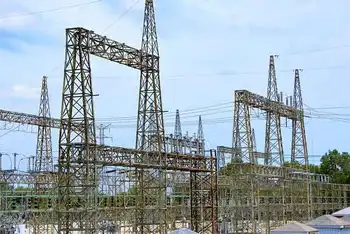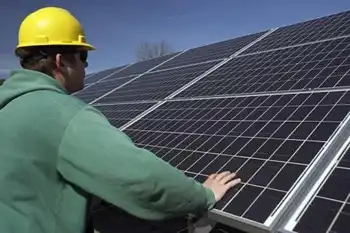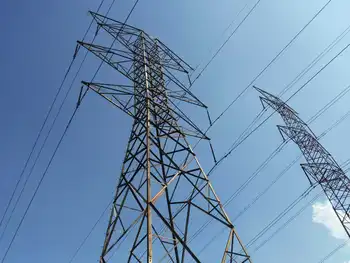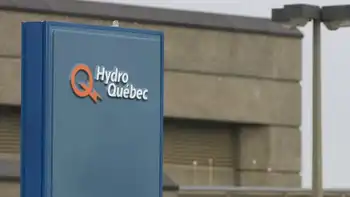Has recession trimmed CO2 output? WeÂ’ll know by next year
By Reuters
Protective Relay Training - Basic
Our customized live online or in‑person group training can be delivered to your staff at your location.

- Live Online
- 12 hours Instructor-led
- Group Training Available
Preliminary data from the U.S. National Oceanic and Atmospheric Administration (NOAA) shows carbon dioxide levels rose last year to a global average of 384.9 parts per million, an increase of 2.2 ppm over 2007.
But since then, the financial crisis has deepened, and analysts have been hoping the long-term growth in emissions will slow or stall now that many big economies are in recession.
So far though, preliminary trends do not show this and it could be 2010 before an accurate picture emerges.
"To see the effect of this recession, if it's reducing emissions, I'd say it would take one to two years to see that signal properly in the atmosphere. I don't think we've seen any signal yet," said Paul Fraser of Australia's state-backed Commonwealth Scientific and Industrial Research Organization.
CSIRO runs one of a global network of monitoring stations that measure atmospheric concentrations of planet-warning greenhouse gases including CO2, methane and nitrous oxide. California-based Scripps Institution of Oceanography is also part of the network.
Measurements are done about every two hours at the site at Cape Grim in the far southern Australian state of Tasmania.
"You already have a huge bank of these gases in the atmosphere so the changes you're making to the emissions each year have a relatively small impact on current concentrations," said Fraser, chief research scientist at CSIRO's division of Marine and Atmospheric Research in Melbourne.
"You're looking for subtle changes and there are lots of process that can contribute to those and sometimes it takes years to see the underlying pattern that you might think should have been there earlier," he told Reuters.
A major task was filtering out "synoptic noise" from weather patterns moving the gases around locally and across the planet.
He said his team studying the stream of data from Cape Grim regularly checked for trends.
"We keep saying one of the huge drivers of these CO2 increases is the 1 to 2 percent growth that's been going on for a long time in the global economy and clearly that's not happening at the moment.
"So you would expect to see a signal, yes. I just don't know how quickly we can resolve that from the noise."
Preliminary data from a NOAA monitoring station at Mauna Loa Observatory in Hawaii shows CO2 levels at 386.66 ppm in January this year, compared with 385.16 ppm a year earlier and 382.62 ppm in January 2007.
Ralph Keeling, director of Scripps' CO2 program, said stopping a CO2 rise would require roughly a 57 percent drop in fuel emissions.
"What we would expect to see eventually is a slowing in the rise of CO2 tied to the reduction in emissions, not a cessation of the rise," he told Reuters in an email.
"But it will probably take a year or more to clearly pick out this change. Our records suggest that CO2 is still rising, as expected."











